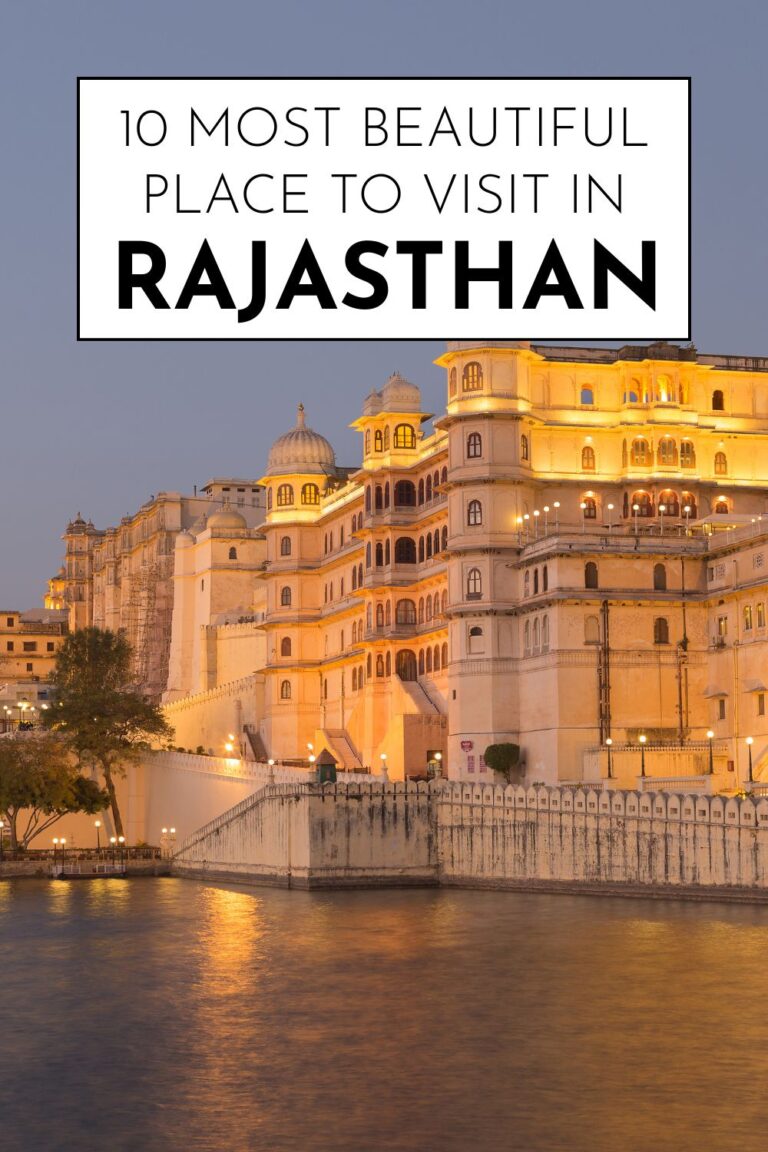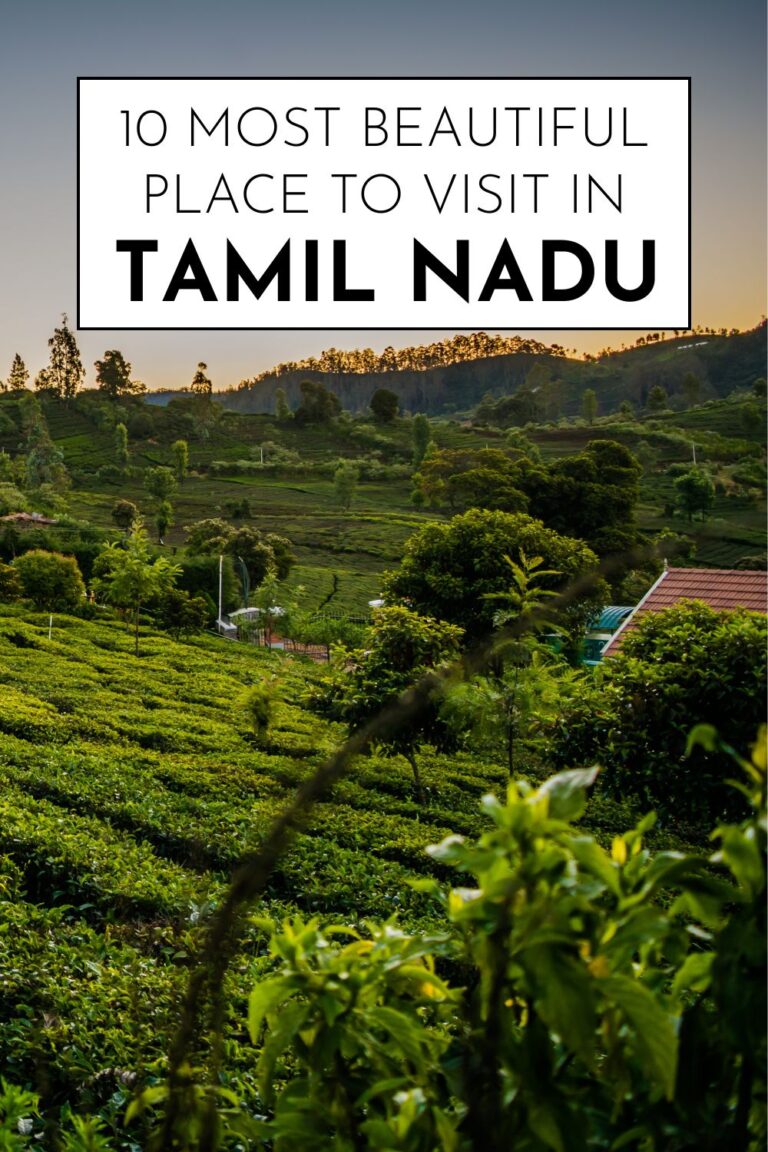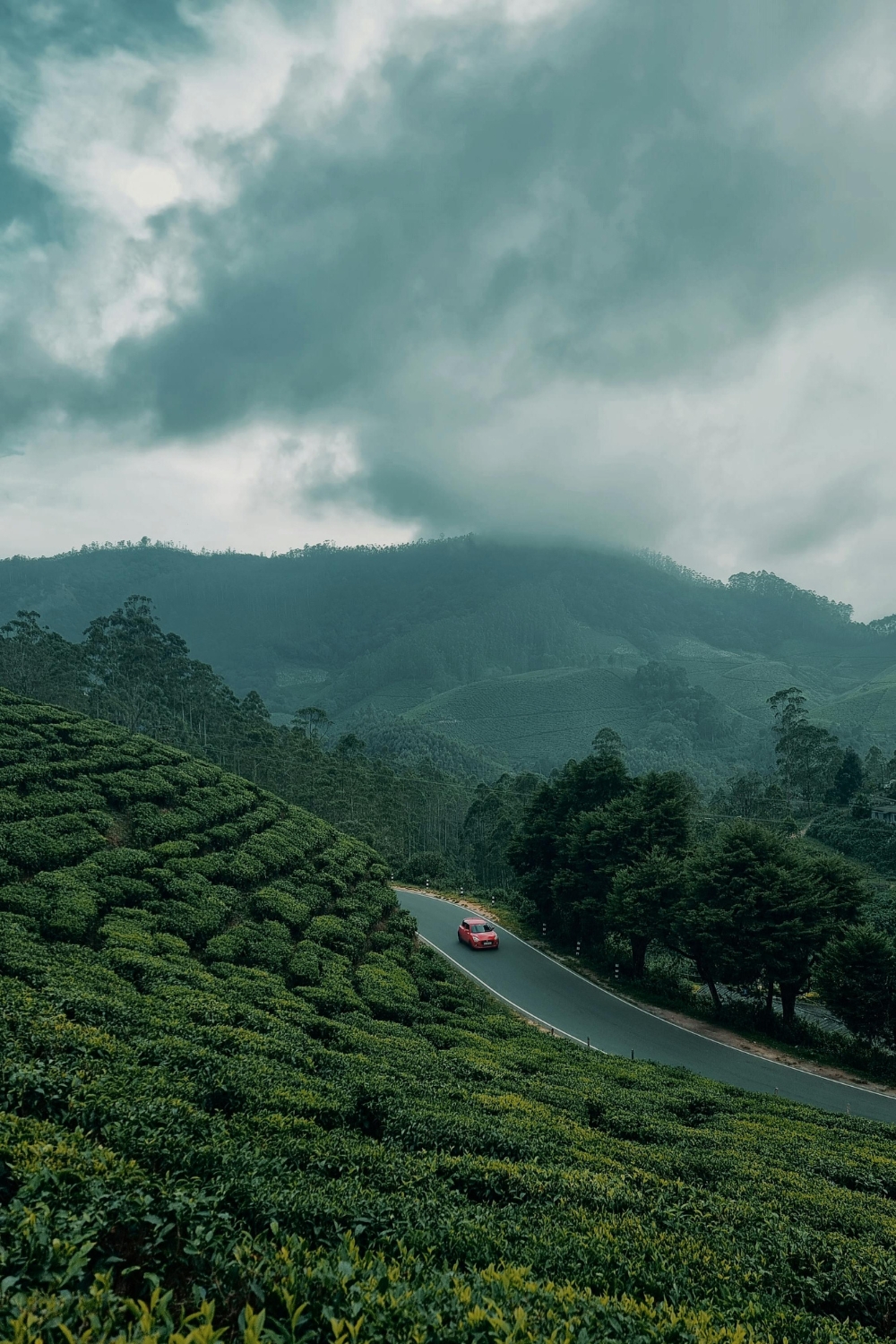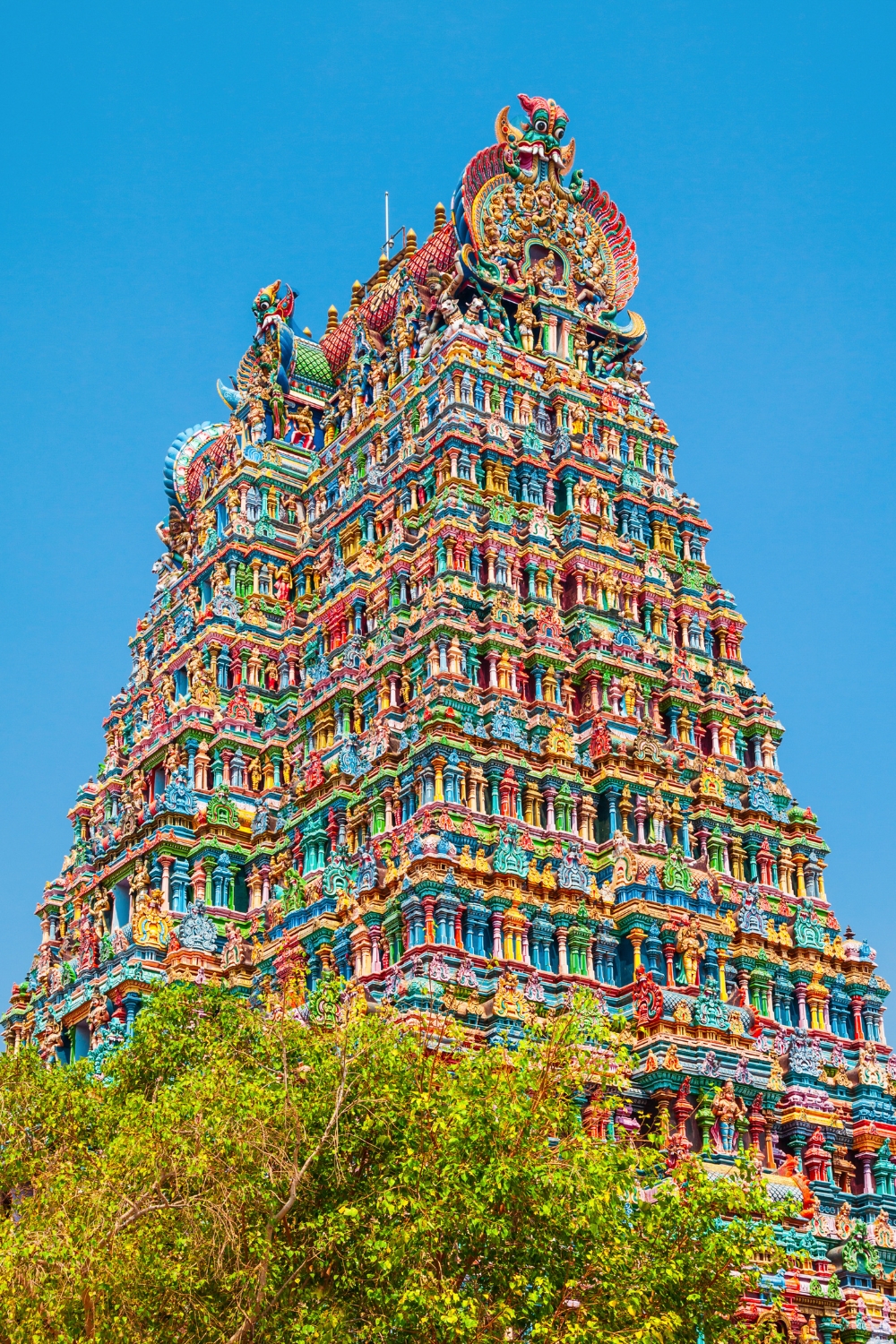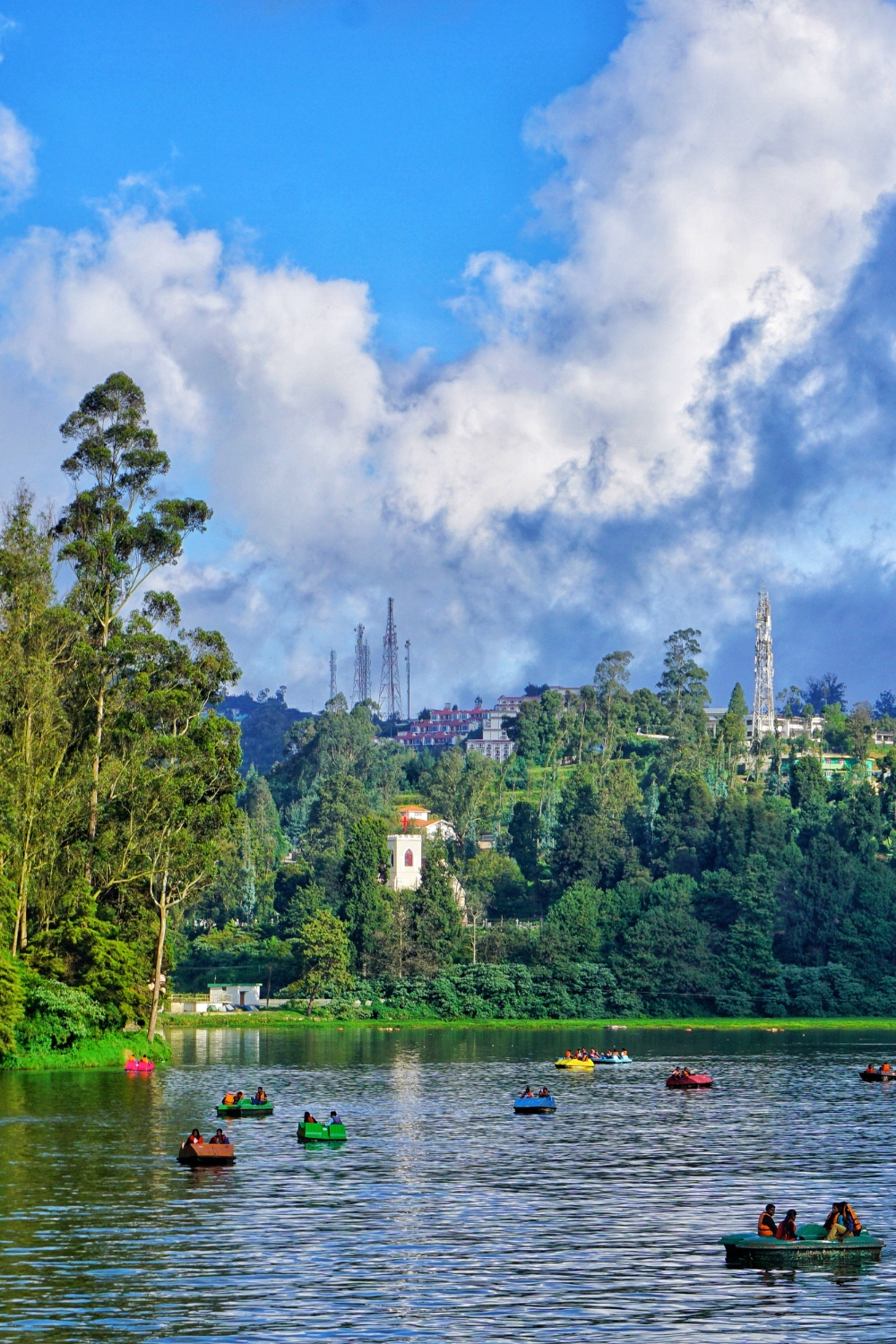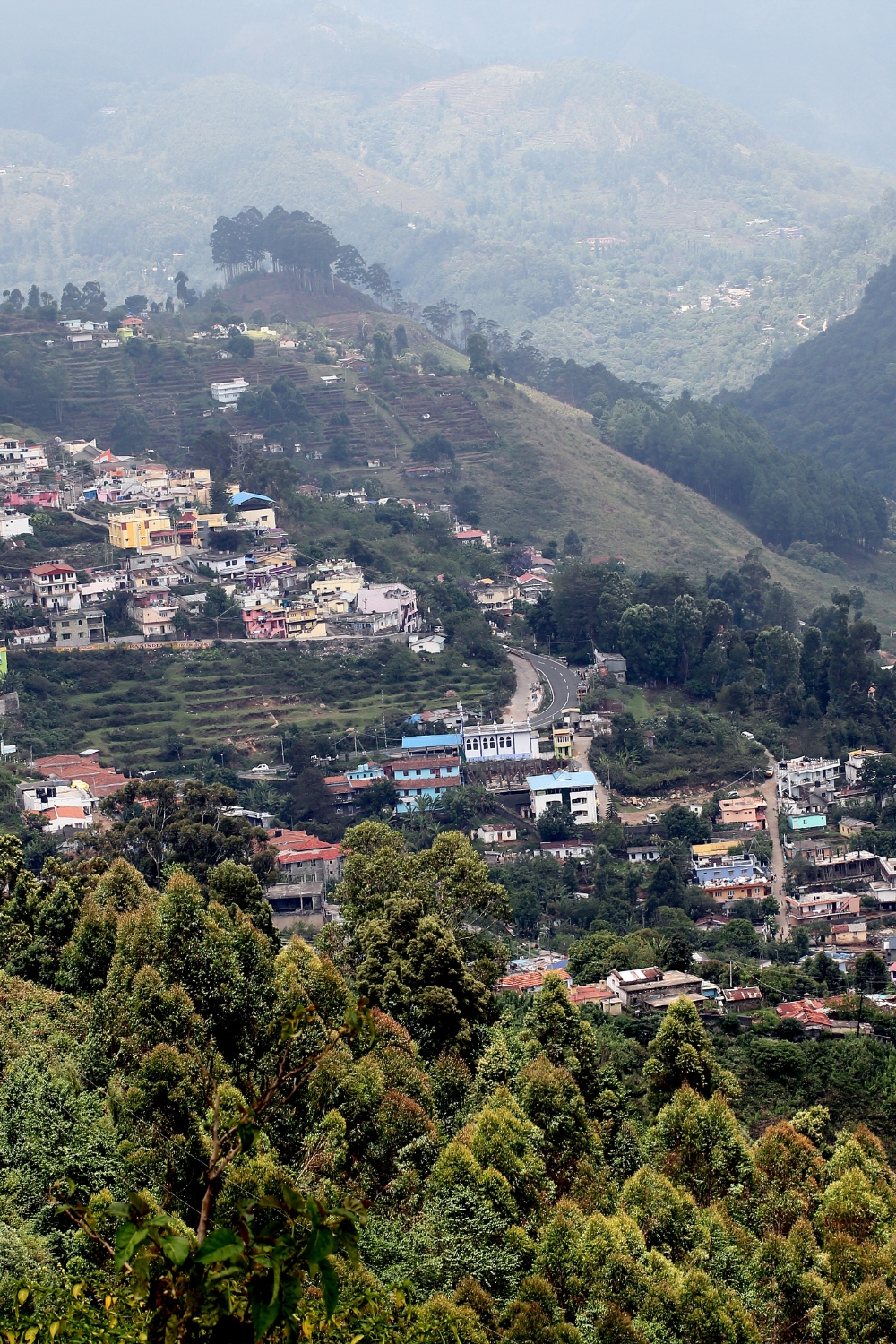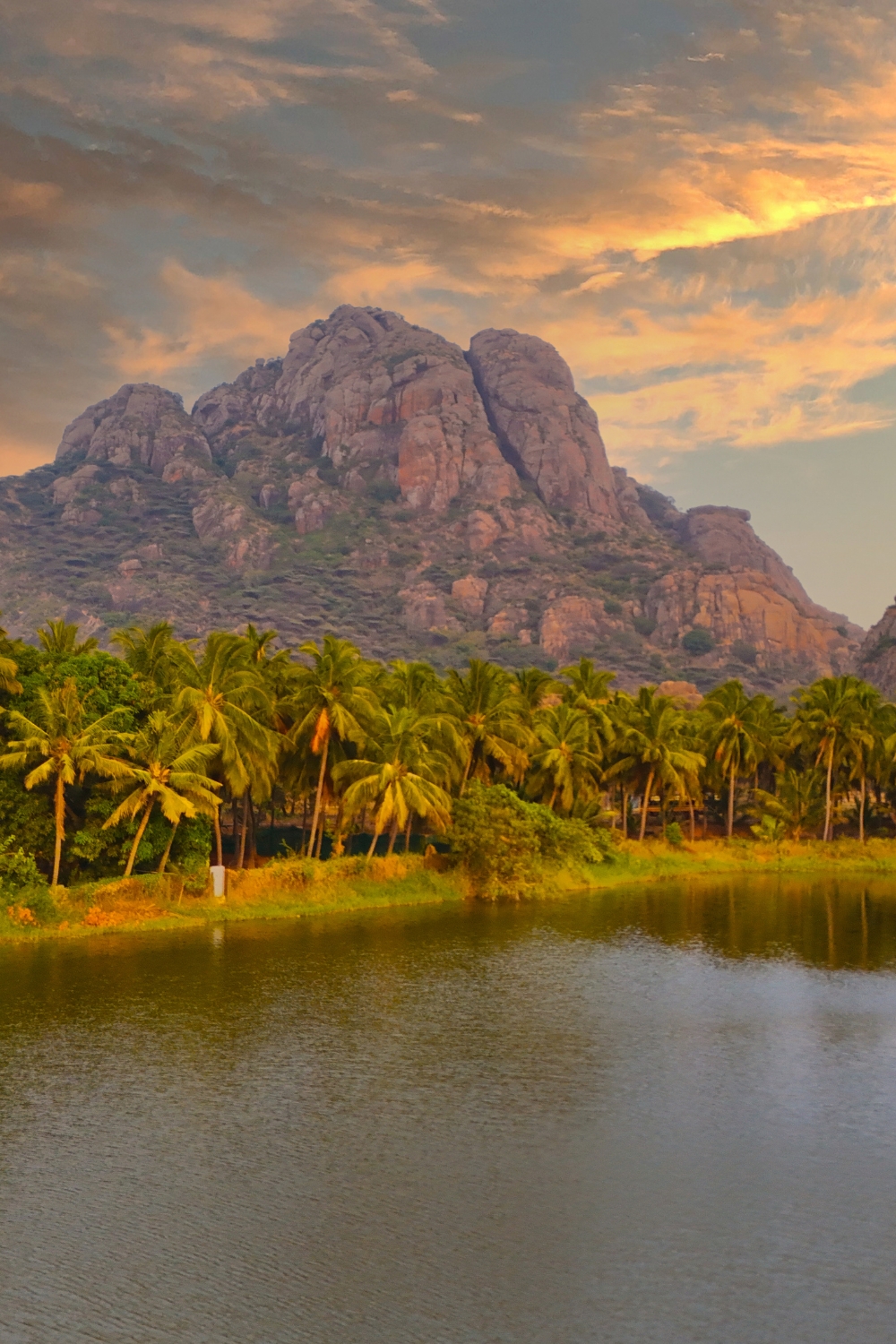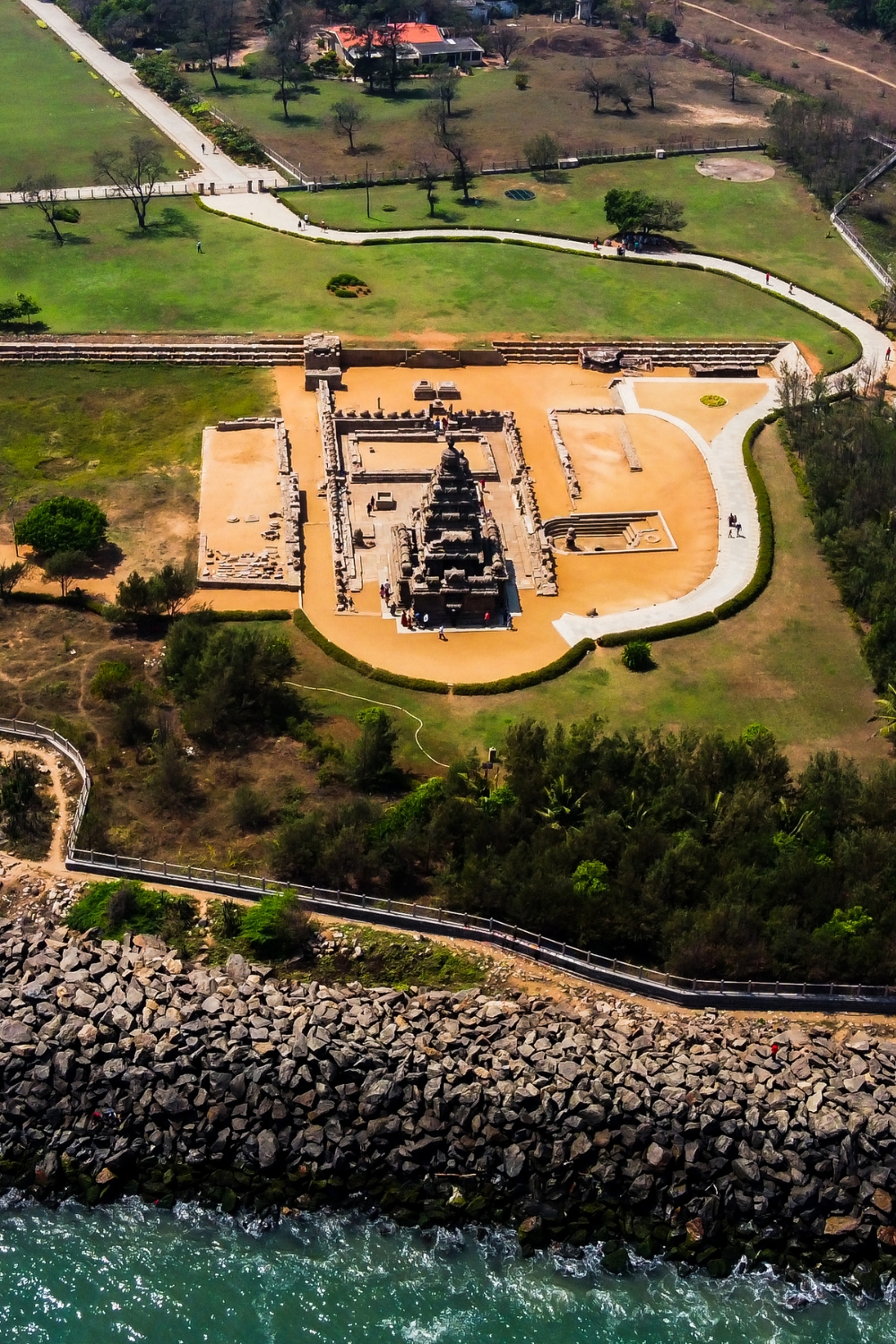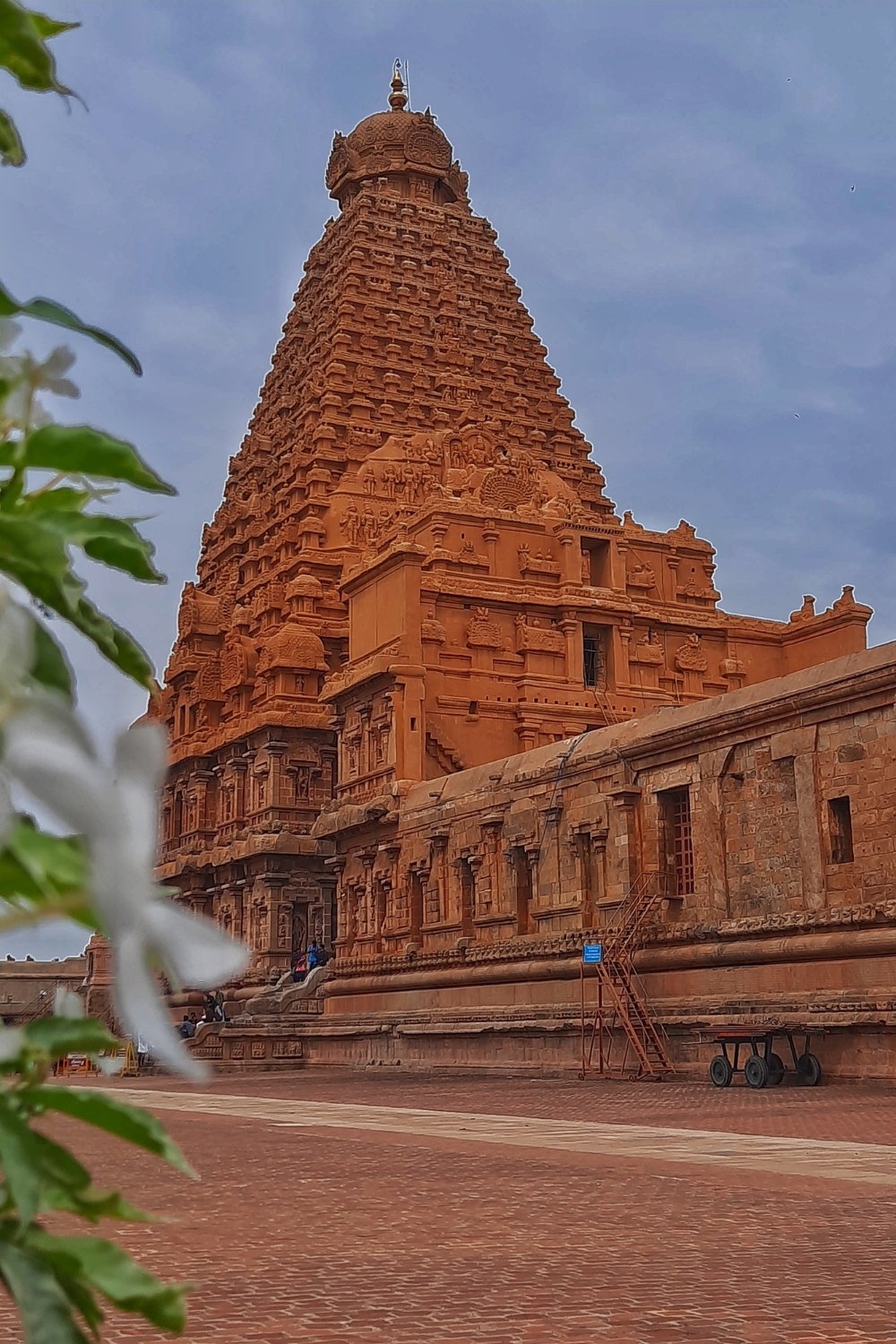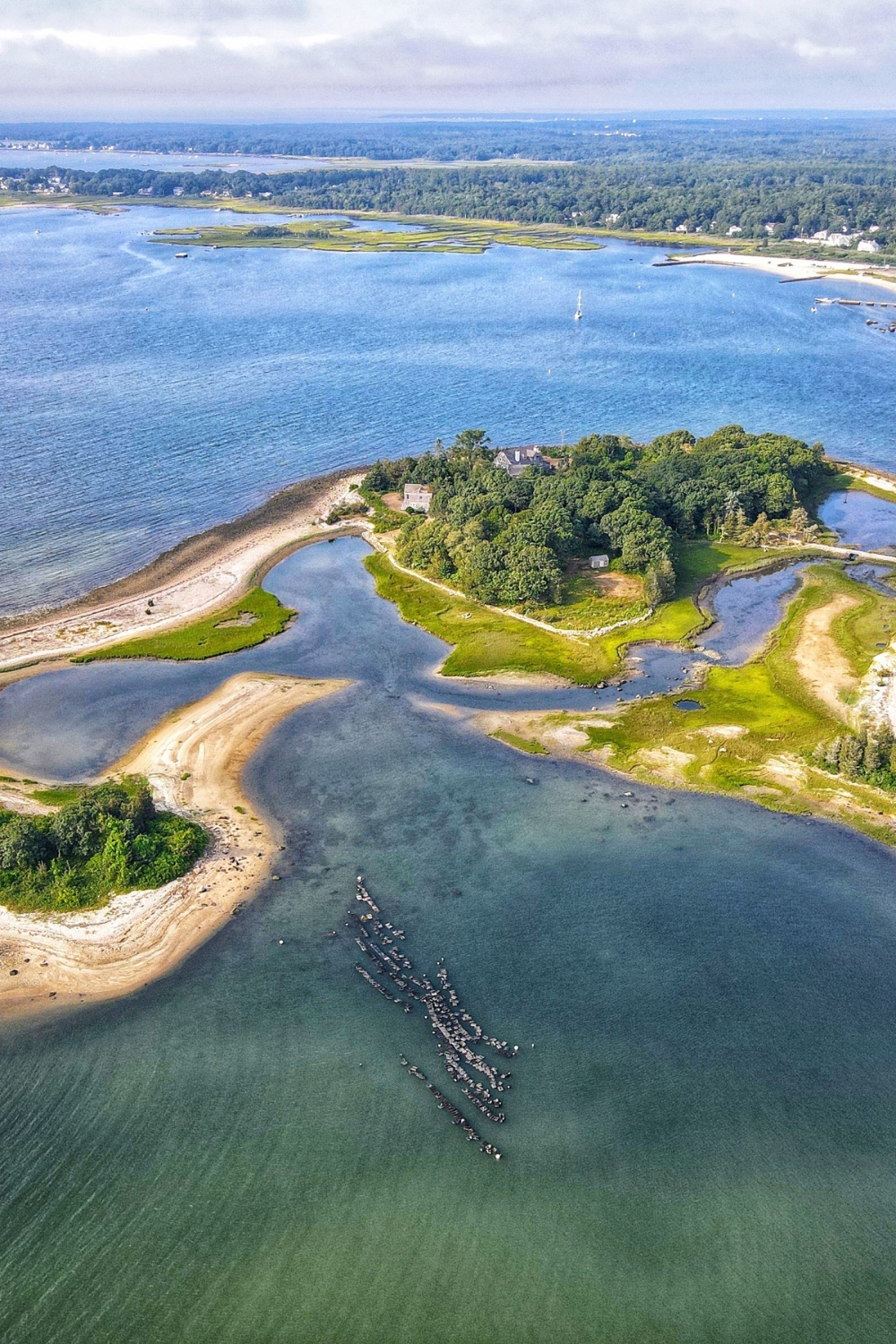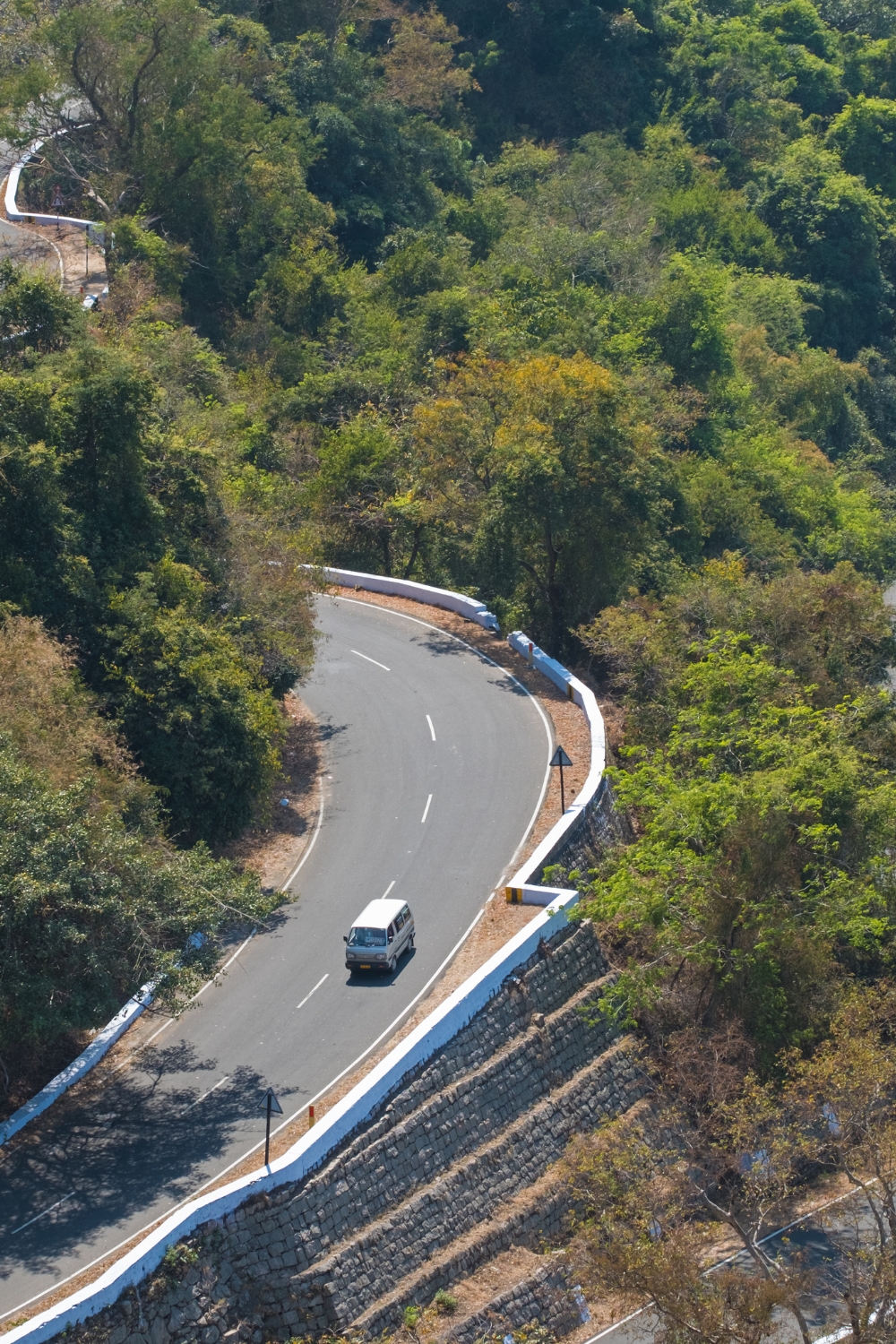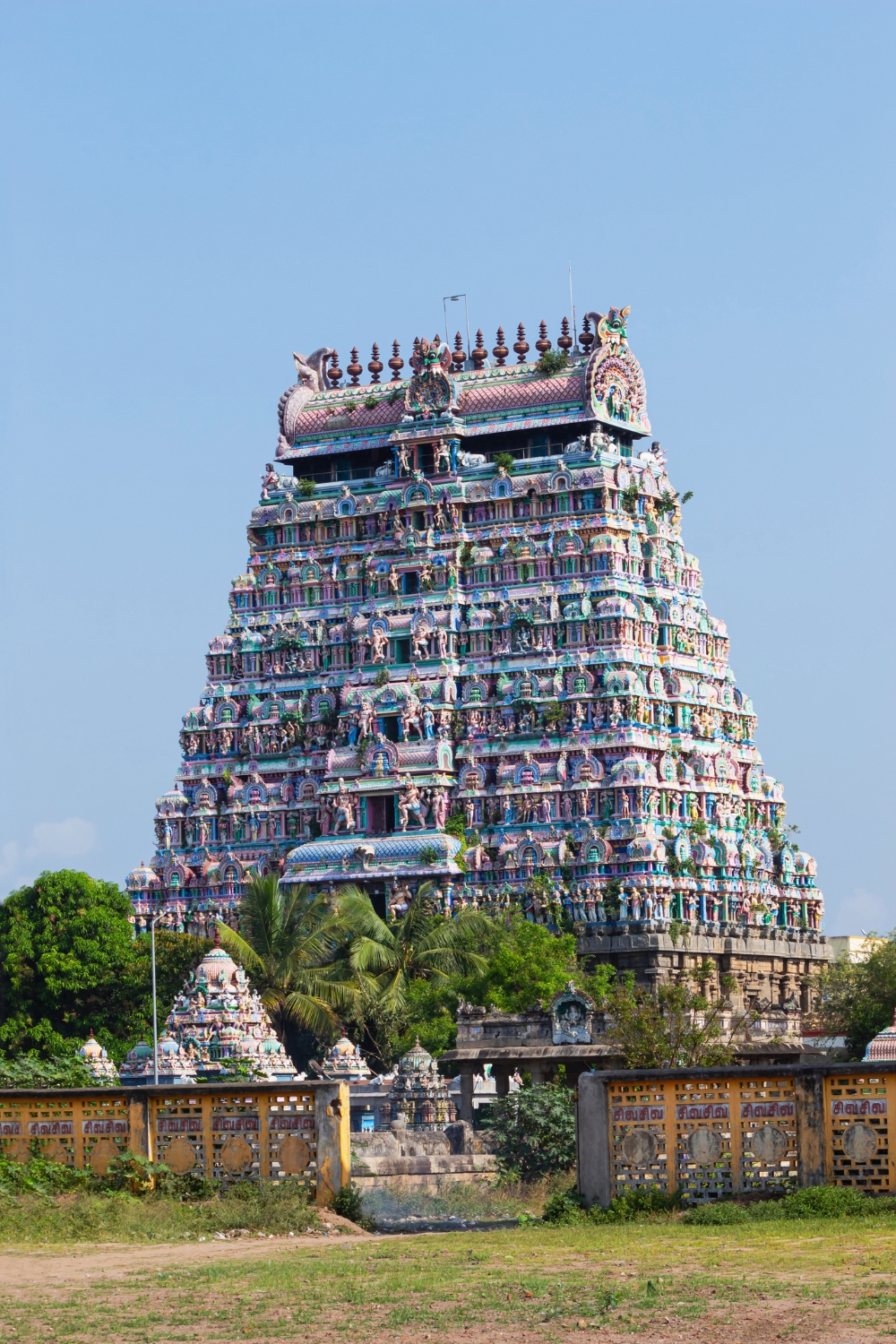Rajasthan, the “Land of Kings,” stands as India’s most captivating royal destination, where golden deserts meet magnificent palaces and ancient forts tell tales of valor and romance.
This enchanting state in northwest India offers an extraordinary journey through time, showcasing opulent architecture, vibrant culture, and warm Rajasthani hospitality. Whether you’re drawn to majestic palaces, thrilling desert adventures, or colorful local traditions, Rajasthan promises an unforgettable experience.
Let’s explore the ten most spectacular destinations that should be on every traveler’s Rajasthan adventure.
1. Jaipur – The Pink City’s Royal Splendor
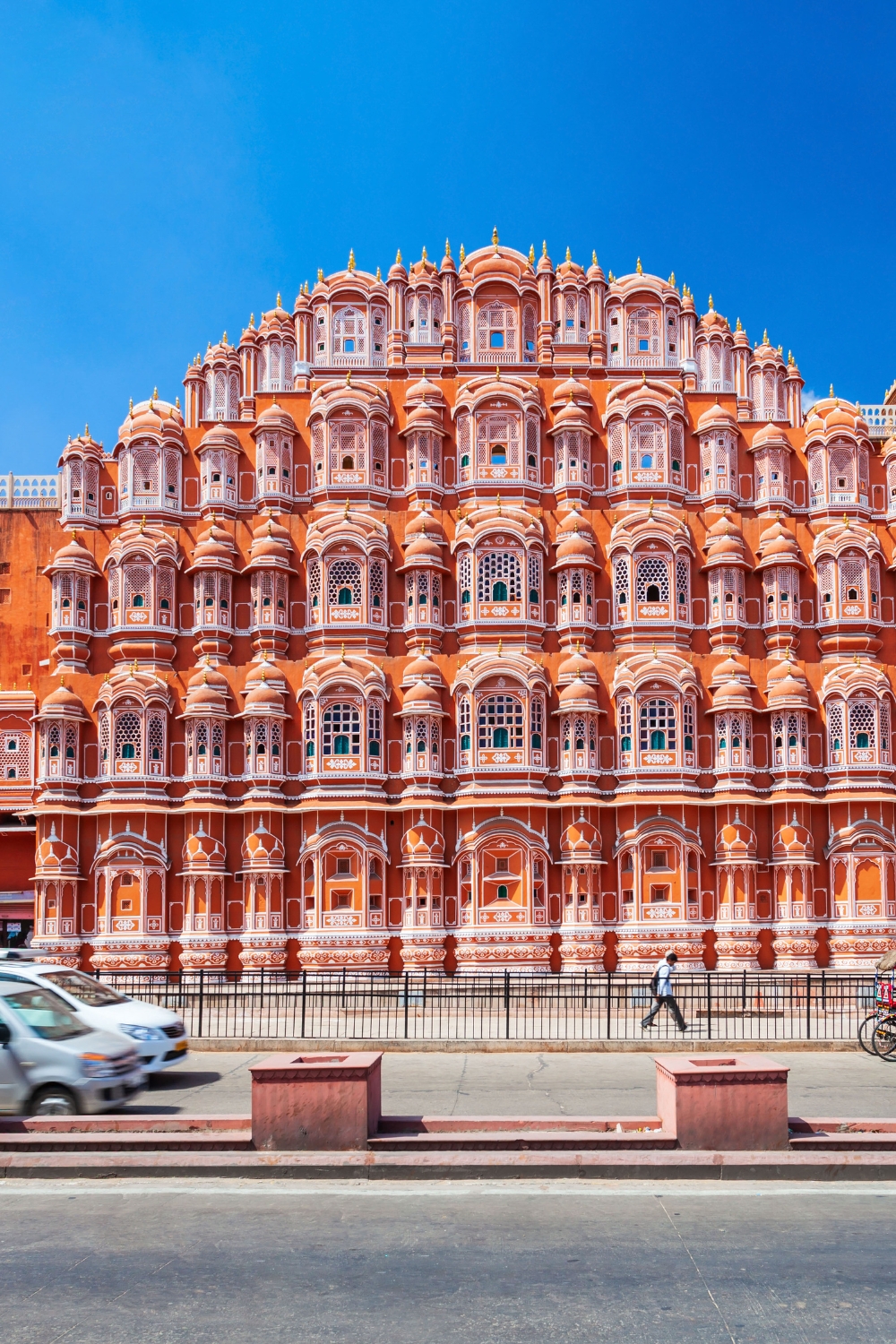
Jaipur, Rajasthan’s capital, earned its nickname “Pink City” from the terracotta-colored buildings that line its streets. This UNESCO World Heritage site perfectly blends ancient Rajput architecture with modern city life.
What Makes Jaipur Extraordinary
The city’s crown jewel is the magnificent Amber Fort, perched on a hilltop overlooking Maota Lake. This 16th-century masterpiece showcases intricate mirror work, carved marble, and stunning courtyards. The City Palace complex offers a glimpse into royal life with its museums, courtyards, and the still-inhabited royal quarters.
Best time to visit: October to March
Must-see attractions: Amber Fort, City Palace, Hawa Mahal, Jantar Mantar, Nahargarh Fort
2. Udaipur – The Venice of the East
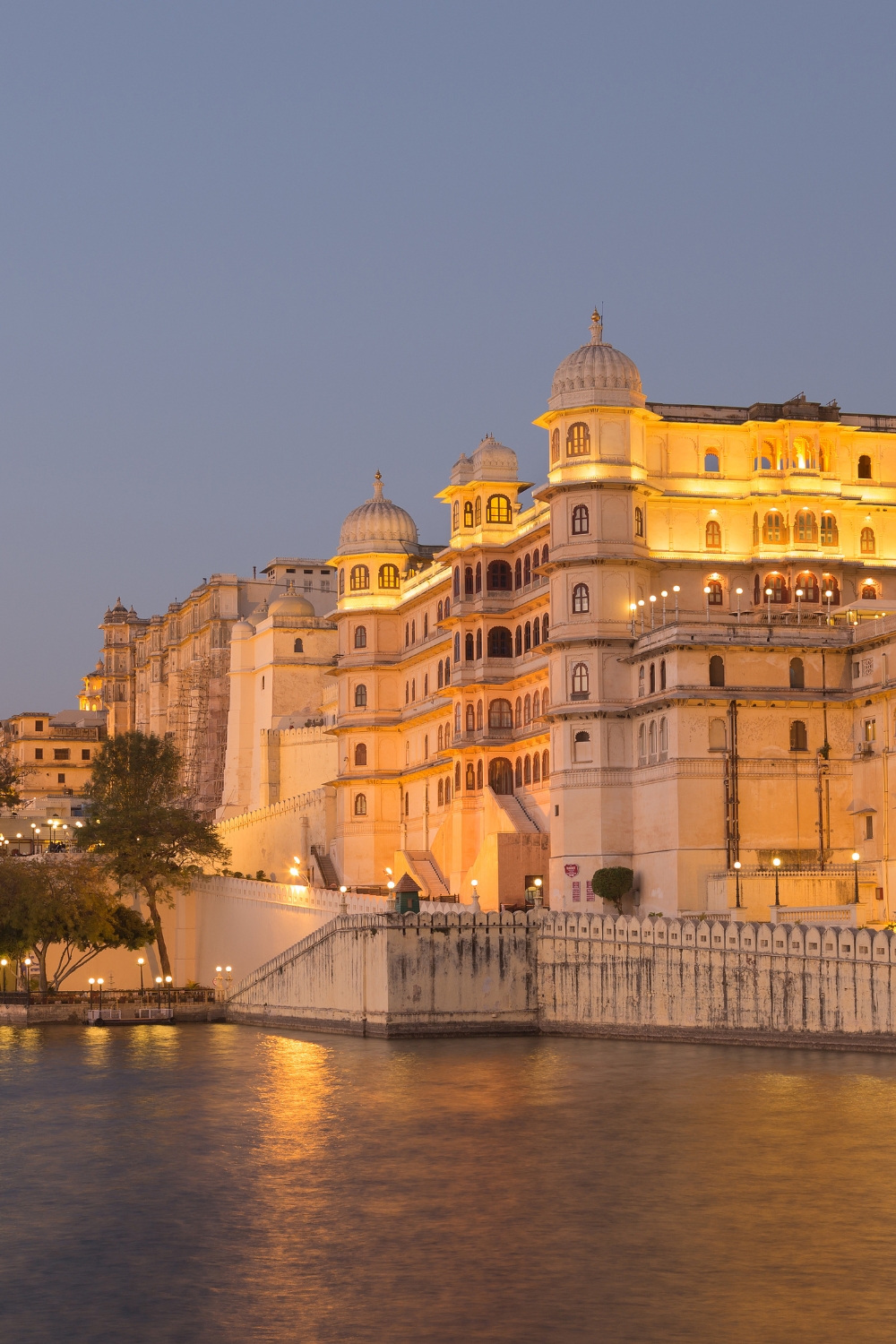
Udaipur captures hearts with its romantic setting of shimmering lakes, white marble palaces, and rolling hills. Often called the “City of Lakes,” it’s considered one of India’s most beautiful cities.
Lake City’s Magical Charm
The stunning City Palace complex rises majestically from Lake Pichola’s shores, creating picture-perfect reflections in the water. Take a sunset boat ride to see the Lake Palace, now a luxury hotel, appearing to float on the lake’s surface like a dream.
Best time to visit: September to March
Top highlights: City Palace, Lake Palace, Jagmandir, Saheliyon Ki Bari, Bagore Ki Haveli
3. Jodhpur – The Blue City’s Desert Majesty
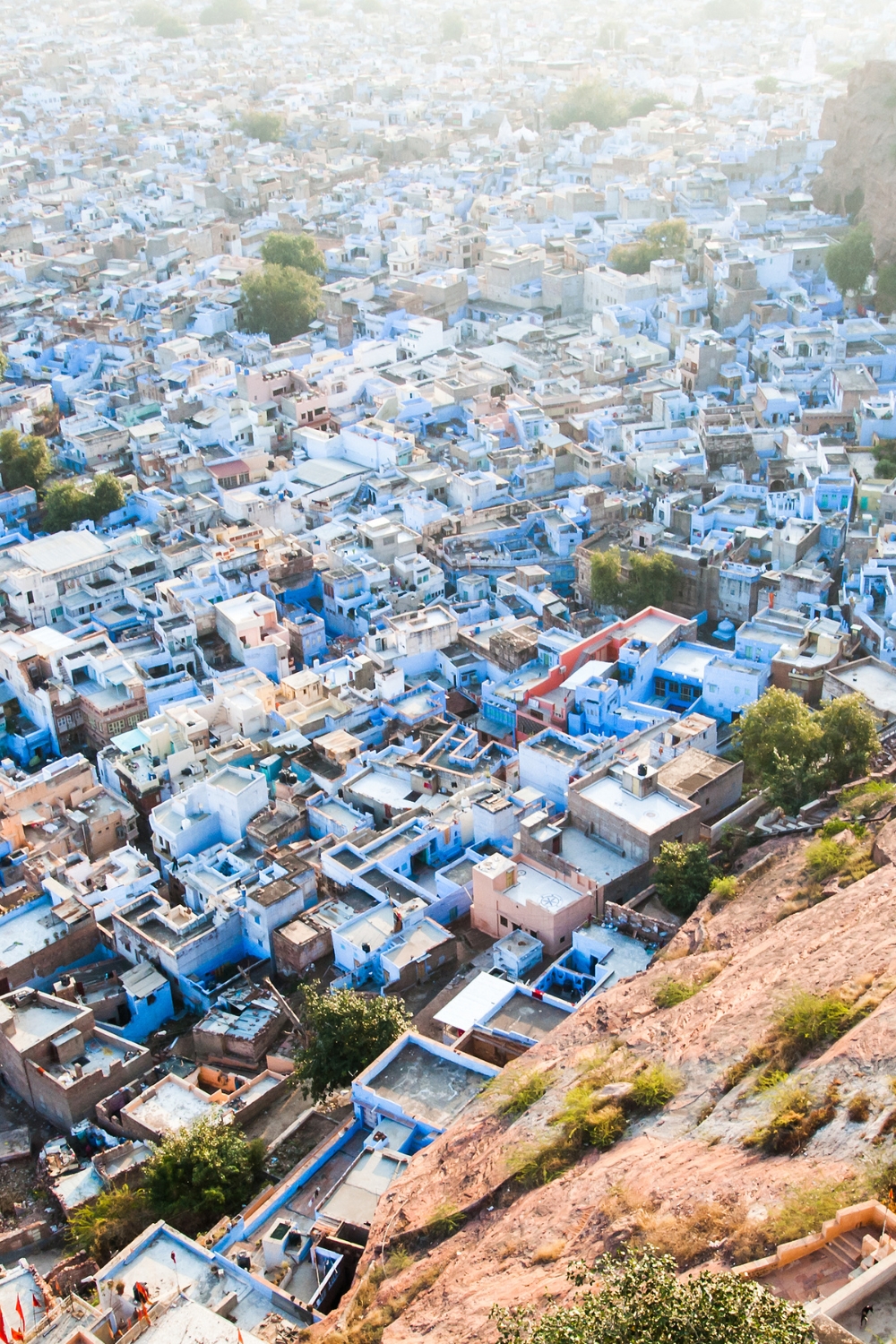
Jodhpur stands as a stunning contrast of blue-painted houses beneath the imposing Mehrangarh Fort. This “Blue City” offers incredible desert landscapes and some of Rajasthan’s most impressive architecture.
Exploring the Blue Wonder
Mehrangarh Fort, one of India’s largest forts, towers 400 feet above the city. Its massive walls house palaces with intricate carvings, expansive courtyards, and museums displaying royal artifacts. The bustling Sardar Market near the Clock Tower offers authentic local experiences.
Best time to visit: October to March
Key attractions: Mehrangarh Fort, Jaswant Thada, Umaid Bhawan Palace, Clock Tower Market
4. Jaisalmer – The Golden City’s Desert Magic
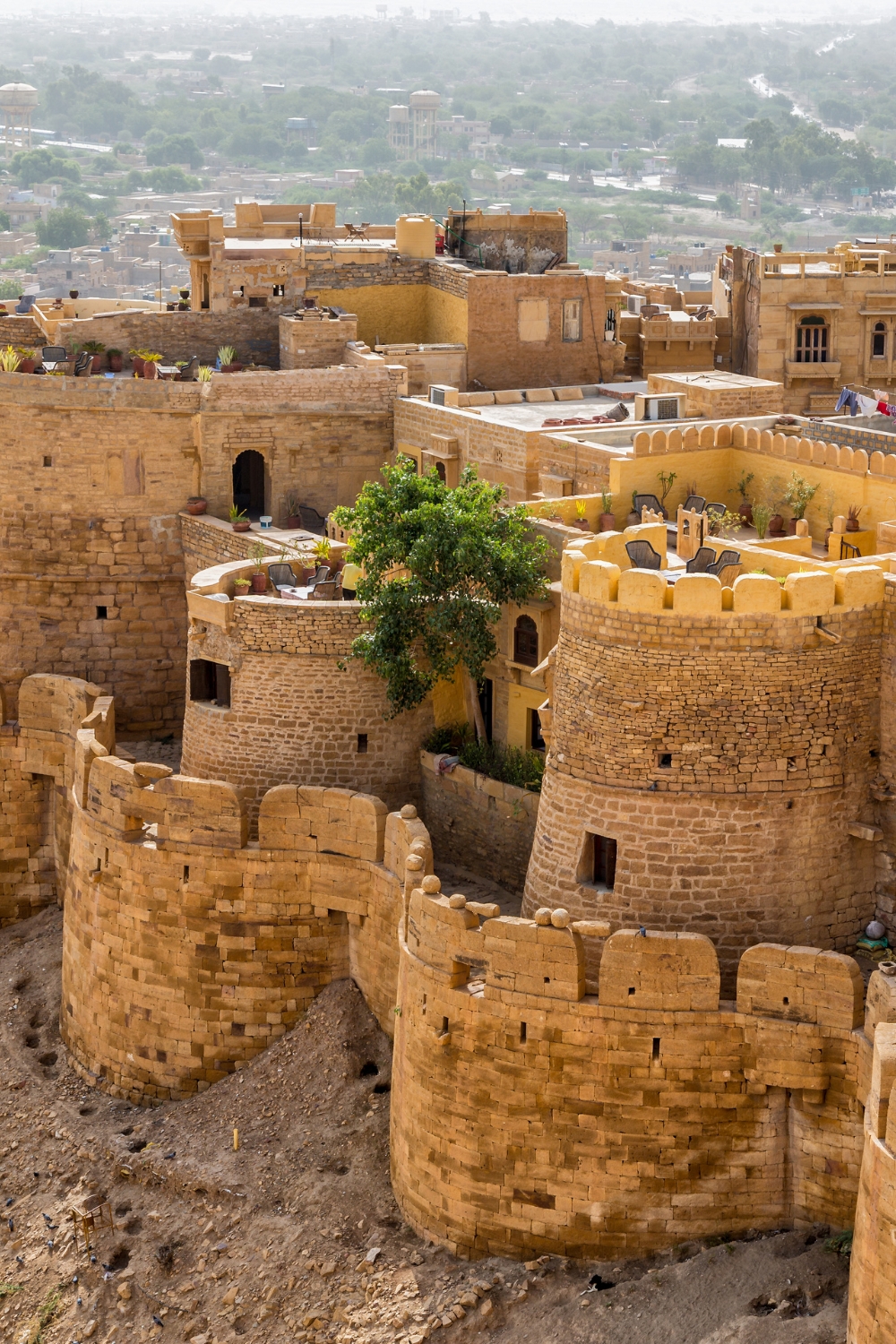
Rising from the Thar Desert like a golden mirage, Jaisalmer is built entirely from yellow sandstone. This “Golden City” offers the ultimate desert experience with its living fort and rolling sand dunes.
Desert Adventures and Living Heritage
Jaisalmer Fort is unique as one of the world’s few living forts, with families still residing within its walls. The Sam Sand Dunes, 40 kilometers away, provide unforgettable camel safaris and overnight desert camping under star-filled skies.
Best time to visit: November to March
Must-do experiences: Camel safari, desert camping, Jaisalmer Fort, Patwon Ki Haveli, cultural performances
5. Pushkar – The Sacred Desert Oasis
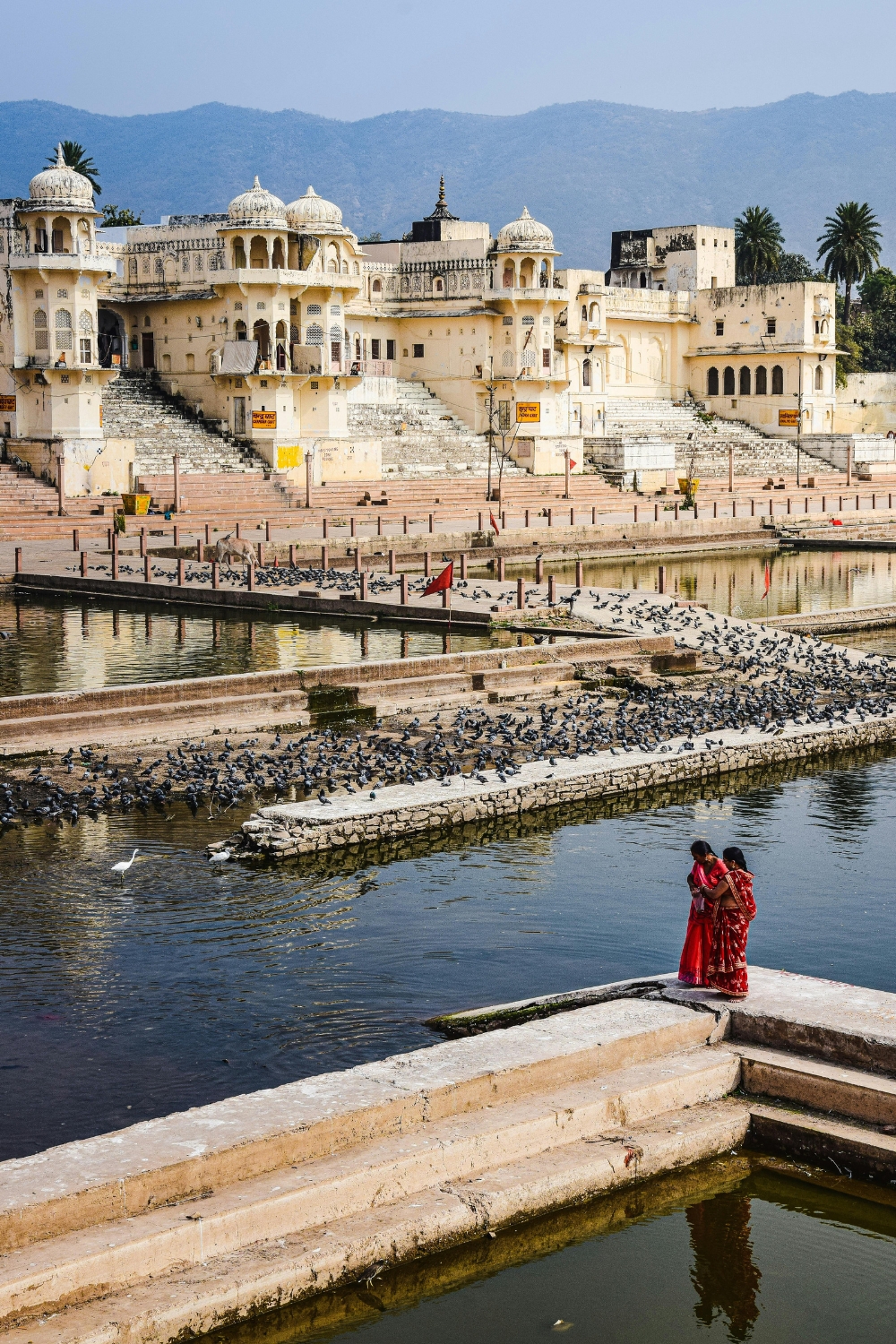
Pushkar is one of India’s most sacred cities, built around a holy lake and home to the world’s only Brahma Temple. This small desert town perfectly balances spiritual significance with vibrant local culture.
Spiritual Serenity Meets Colorful Culture
The sacred Pushkar Lake, surrounded by 52 ghats, is believed to have healing properties. Visit during the famous Pushkar Camel Fair in November to witness thousands of camels, cultural performances, and one of India’s most colorful festivals.
Best time to visit: October to March (November for Camel Fair)
Main attractions: Brahma Temple, Pushkar Lake, Savitri Temple, Pushkar Camel Fair
6. Bikaner – The Desert’s Hidden Gem
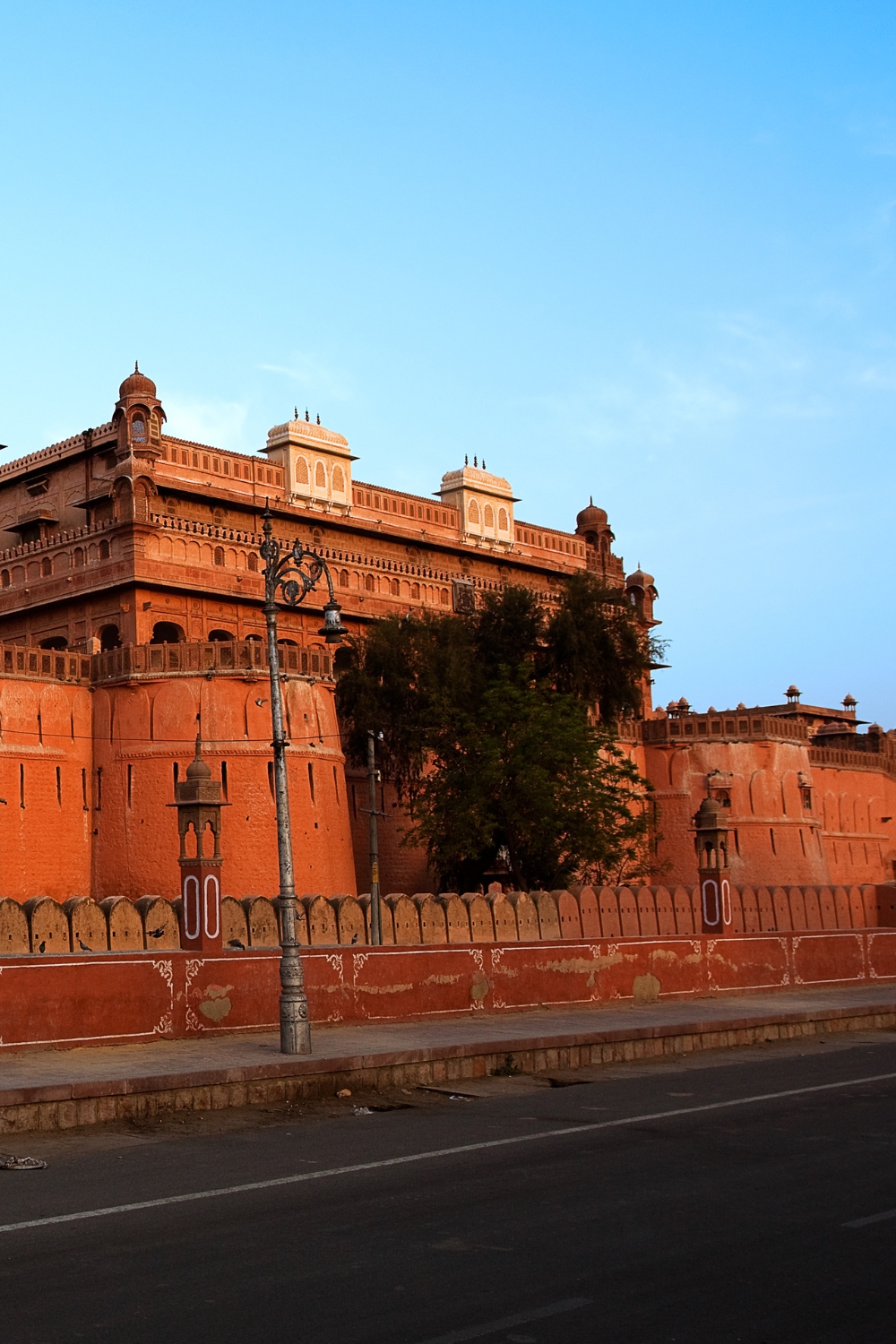
Bikaner surprises visitors with its magnificent palaces and temples rising from the desert landscape. This former princely state is famous for its camel breeding farms and exquisite architecture.
Royal Heritage in the Desert
Junagarh Fort stands undefeated through centuries, showcasing a blend of Rajput, Mughal, and Gujarati architectural styles. The Karni Mata Temple, known as the “Rat Temple,” offers one of India’s most unique religious experiences.
Best time to visit: October to March
Notable sites: Junagarh Fort, Karni Mata Temple, Lalgarh Palace, National Research Centre on Camel
7. Mount Abu – Rajasthan’s Cool Hill Station
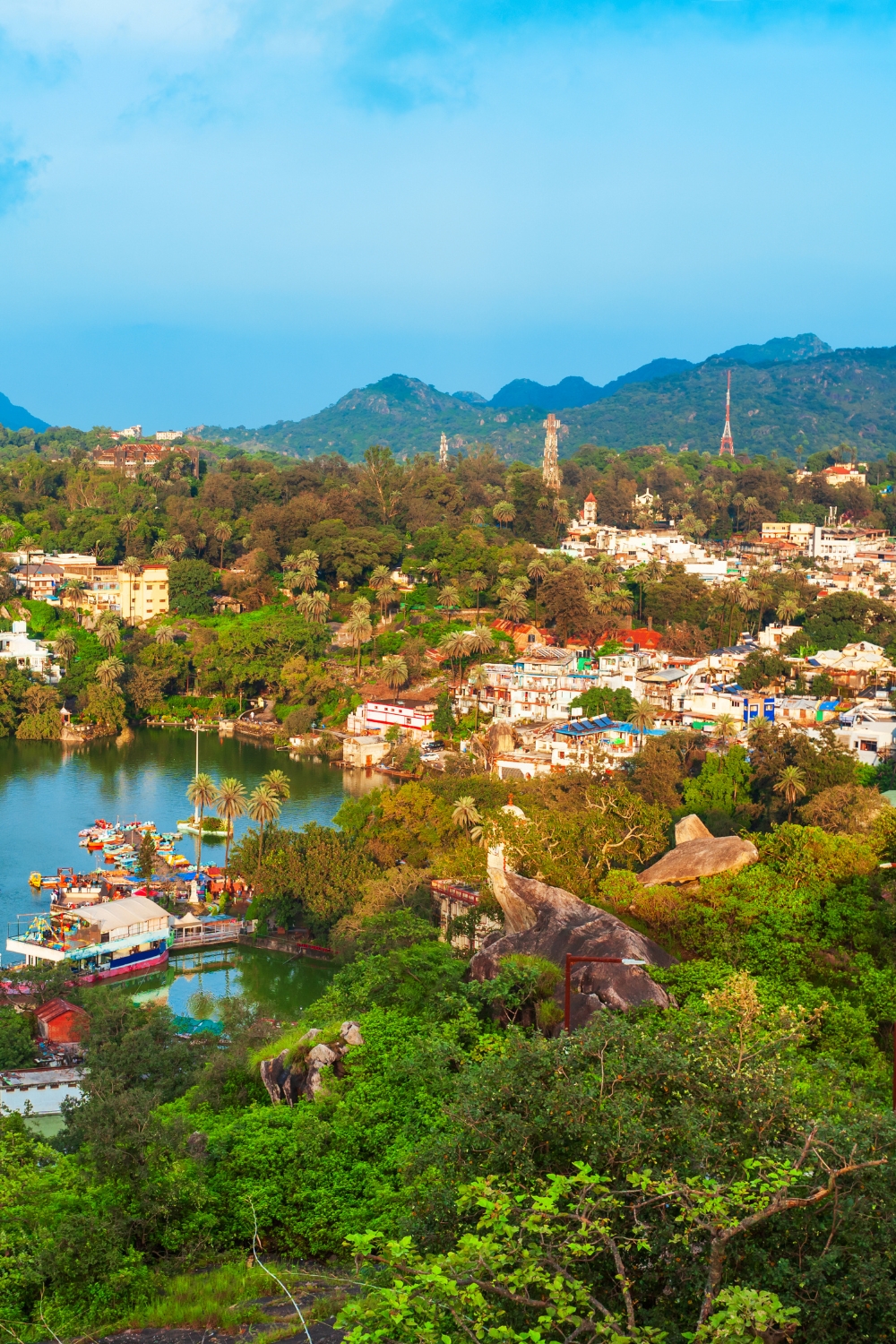
Mount Abu provides a refreshing escape from Rajasthan’s desert heat, serving as the state’s only hill station. Situated in the Aravalli Range, it offers cool weather and stunning natural beauty.
Mountain Serenity and Sacred Temples
The Dilwara Temples are architectural marvels, featuring intricate marble carvings that are considered among India’s finest. Nakki Lake offers peaceful boat rides, while Guru Shikhar provides panoramic views as Rajasthan’s highest peak.
Best time to visit: October to March
Top attractions: Dilwara Temples, Nakki Lake, Guru Shikhar, Achalgarh Fort
8. Ajmer – The Spiritual Heart of Rajasthan
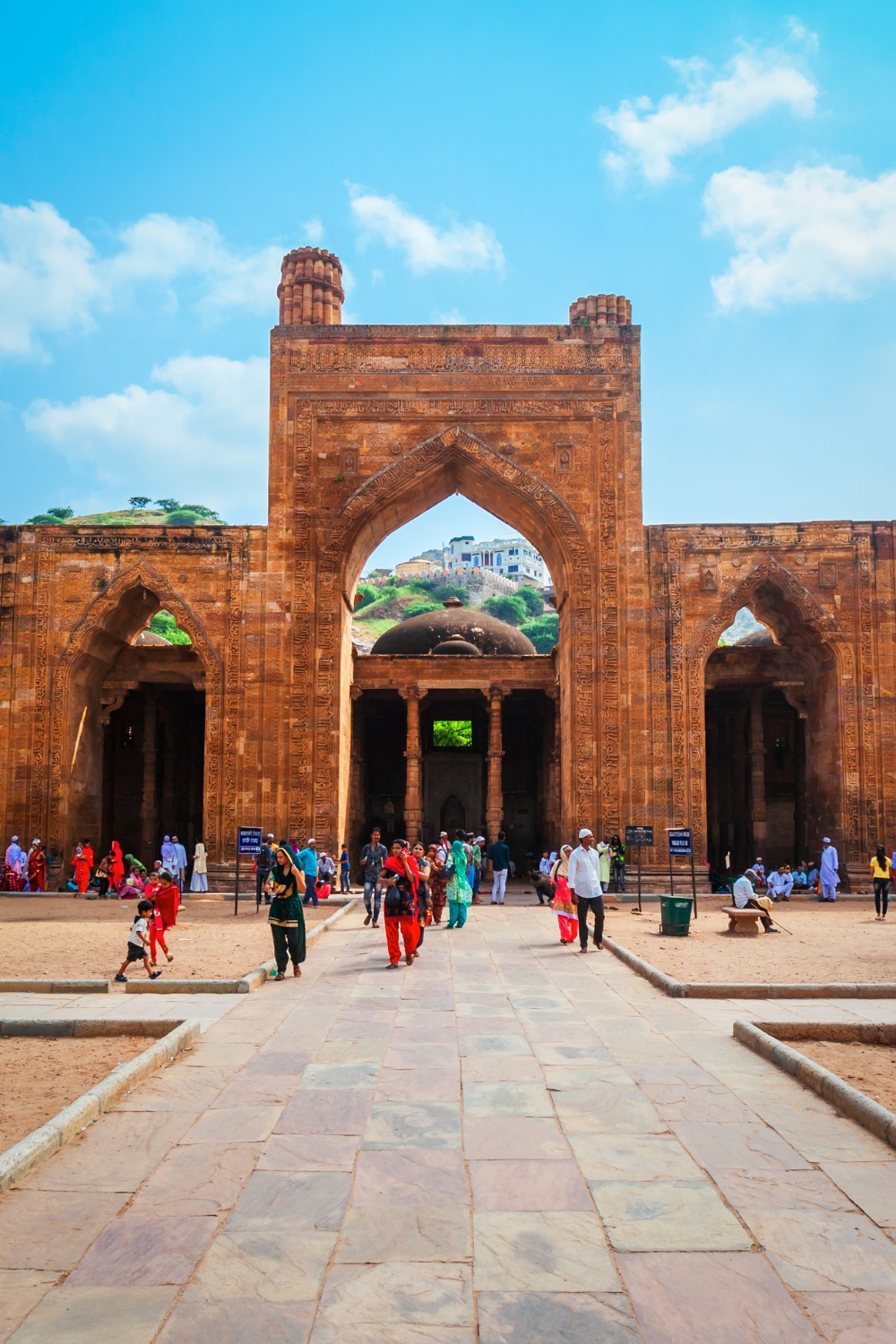
Ajmer holds immense religious significance for both Muslims and Hindus, centered around the revered Ajmer Sharif Dargah. This holy city attracts millions of pilgrims annually from around the world.
Sacred Traditions and Royal History
The Ajmer Sharif Dargah, tomb of Sufi saint Moinuddin Chishti, radiates spiritual energy with its constant stream of devotees. The nearby Ana Sagar Lake and Adhai Din Ka Jhonpra mosque showcase the city’s rich historical heritage.
Best time to visit: October to March
Sacred sites: Ajmer Sharif Dargah, Ana Sagar Lake, Adhai Din Ka Jhonpra, Taragarh Fort
9. Chittorgarh – The Fortress of Valor
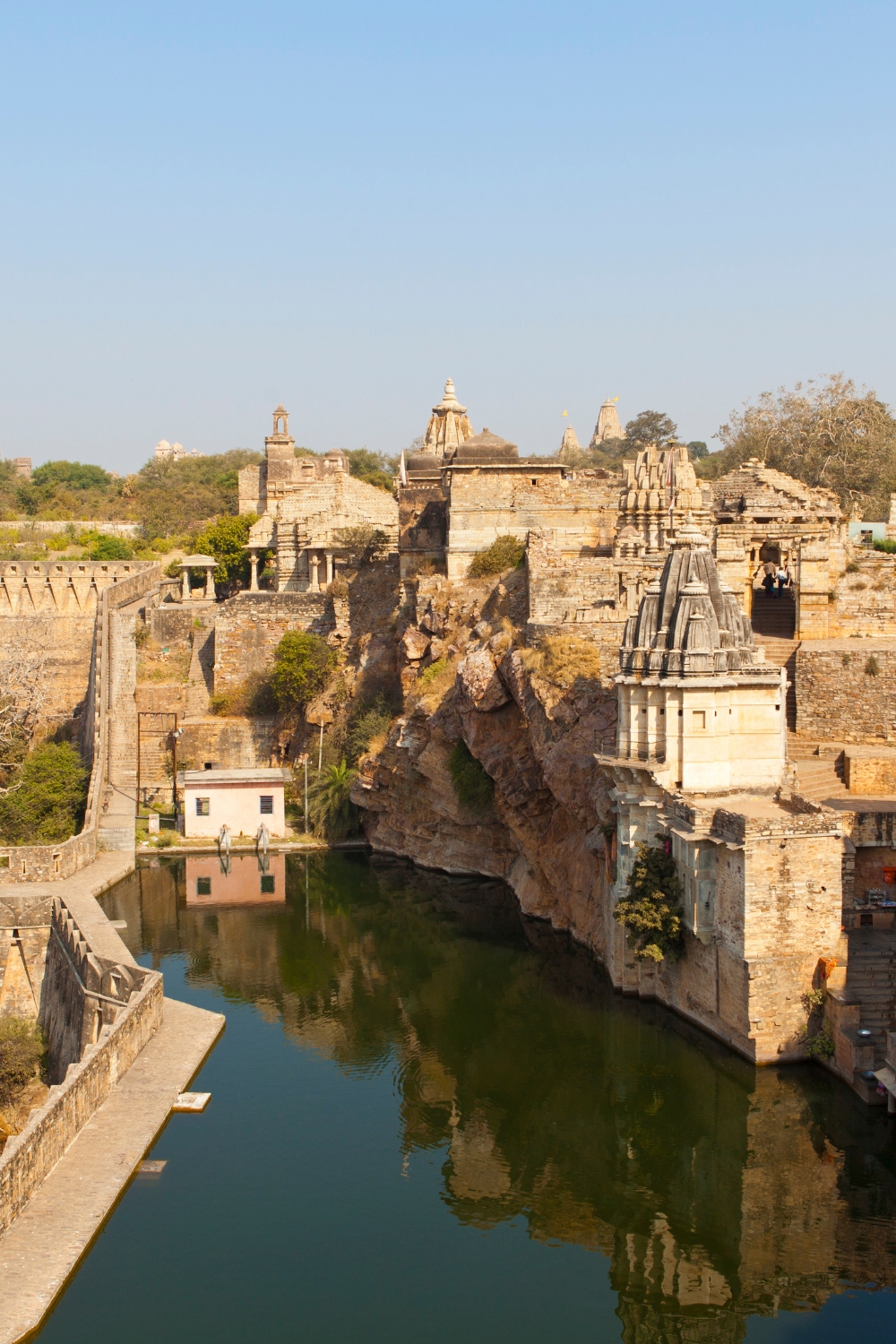
Chittorgarh represents Rajput bravery and sacrifice through its massive fort complex, the largest in India. This historic city embodies the spirit of Rajputana with tales of honor and heroism.
Legends of Courage and Sacrifice
Chittorgarh Fort spans 700 acres and contains palaces, temples, and towers that narrate stories of legendary rulers like Maharana Pratap and Queen Padmini. The Vijay Stambh (Victory Tower) stands as a symbol of triumph and resilience.
Best time to visit: October to March
Historic highlights: Chittorgarh Fort, Vijay Stambh, Rana Kumbha Palace, Padmini Palace
10. Ranthambore – Where Royalty Meets Wildlife

Ranthambore National Park offers the unique experience of spotting majestic Bengal tigers against the backdrop of ancient ruins. This former royal hunting ground is now one of India’s premier tiger reserves.
Safari Adventures in Historic Settings
The park’s landscape dotted with ruins creates a mystical atmosphere for wildlife viewing. Apart from tigers, you might spot leopards, sloth bears, and over 300 bird species. The 10th-century Ranthambore Fort within the park adds historical significance to your wildlife adventure.
Best time to visit: October to June (park closed during monsoon)
Wildlife experiences: Tiger safaris, bird watching, Ranthambore Fort, Surwal Lake
Planning Your Rajasthan Adventure
Getting Around Rajasthan
Rajasthan has excellent connectivity between major destinations. The Palace on Wheels luxury train offers a royal way to explore multiple cities. Private cars with drivers provide flexibility, while state buses connect smaller towns affordably.
Best Time to Visit Rajasthan
The ideal time to explore Rajasthan is from October to March when temperatures are comfortable for sightseeing. Avoid summer months (April to June) when temperatures can exceed 45°C in desert areas.
Cultural Experiences Not to Miss
Immerse yourself in Rajasthani culture by attending folk dance performances, trying traditional cuisine like dal baati churma, shopping for handicrafts and textiles, or staying in heritage hotels that were once royal palaces.
Conclusion
Rajasthan truly deserves its reputation as India’s most regal destination, offering an incredible tapestry of experiences from the pink walls of Jaipur to the golden sands of Jaisalmer, from the blue houses of Jodhpur to the sacred waters of Pushkar.
These ten magnificent destinations showcase the best of Rajasthan’s royal heritage, architectural wonders, and cultural richness. Each city tells its own story of kings and queens, battles and romance, spirituality and tradition.
Whether you’re exploring magnificent forts, experiencing desert life, seeking spiritual enlightenment, or spotting tigers in their natural habitat, Rajasthan provides memories that will last a lifetime.
Start planning your royal Rajasthan journey today, and prepare to step into a world where every palace has a story, every fort echoes with history, and every sunset paints the desert in shades of gold.
